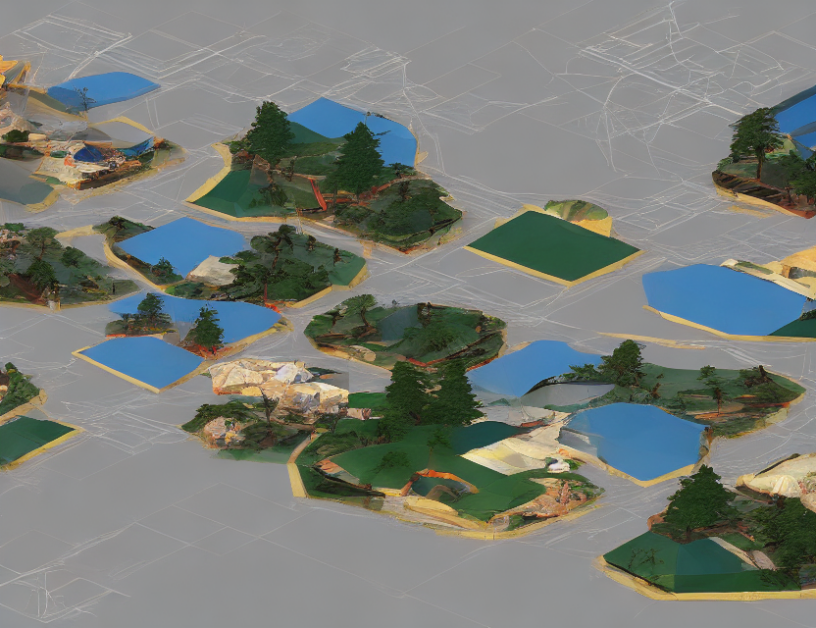In this article, the authors propose a new method for generating photorealistic images using text-to-image diffusion models. These models are based on the idea that an image can be generated by progressively refining a random noise vector until it matches the desired target image. The authors’ approach incorporates deep language understanding to improve the accuracy and controllability of the generated images.
To create their model, the authors first train a robust image generation model called PBE (Progressive Body Encoder) on millions of images. PBE is designed to alter image content based on an exemplar image and has an U-Net architecture with multiple SD Encoder Blocks and SD Decoder Blocks. However, PBE is not suitable for the virtual try-on task because it requires the generated images to remain pixel-consistent with the target garment images.
To address this challenge, the authors propose a new model called GC-DM (Guided Content-Aware Diffusion Model). GC-DM consists of two parts: PBE with locked parameters and a trainable ControlNet. The ControlNet is used to guide the diffusion process and ensure that the generated images are pixel-consistent with the target garment images.
The authors evaluate their model on several benchmark datasets and demonstrate its superiority over existing methods in terms of image quality, controllability, and efficiency. They also show that their approach can be used for a variety of virtual try-on tasks, such as changing the color or shape of an article of clothing, without retraining the entire model.
In summary, this article presents a new method for generating photorealistic images using text-to-image diffusion models with deep language understanding. The proposed model, GC-DM, improves upon existing methods by incorporating a trainable ControlNet to ensure pixel-consistency between the generated images and target garment images. The authors demonstrate the effectiveness of their approach on several benchmark datasets and show its potential for a variety of virtual try-on tasks.
Computer Science, Computer Vision and Pattern Recognition
Advanced Techniques for Image-Based Virtual Try-On



